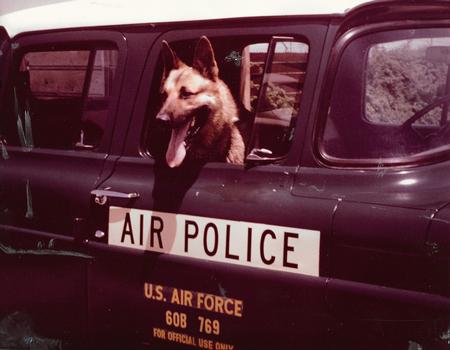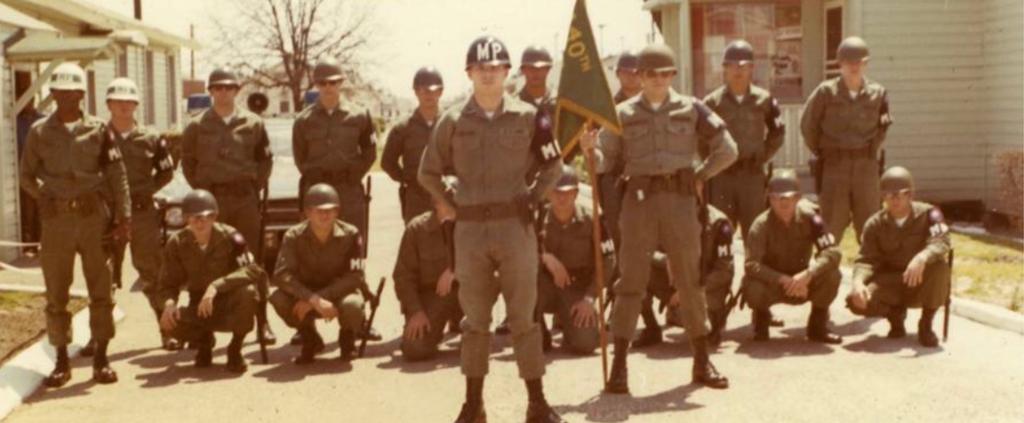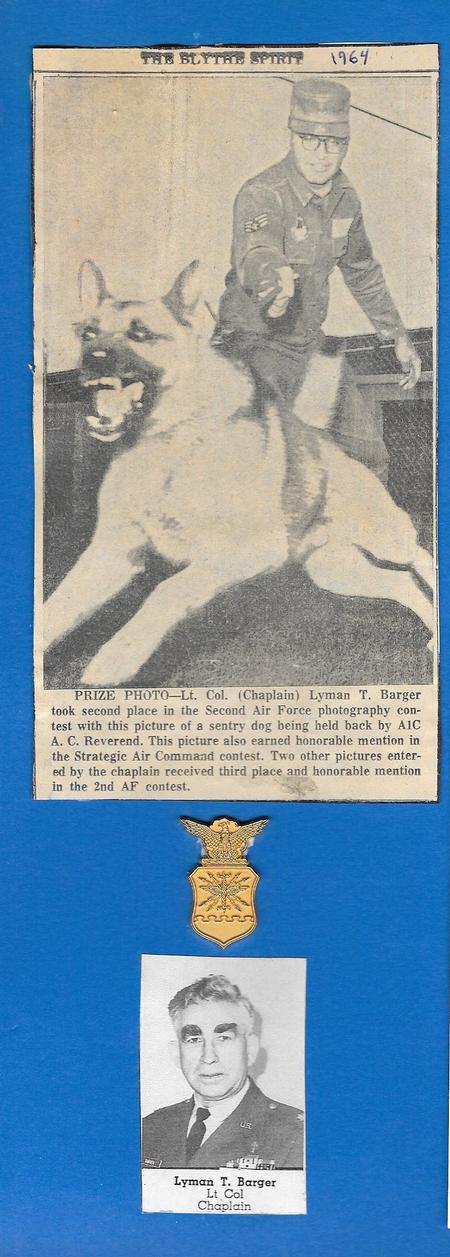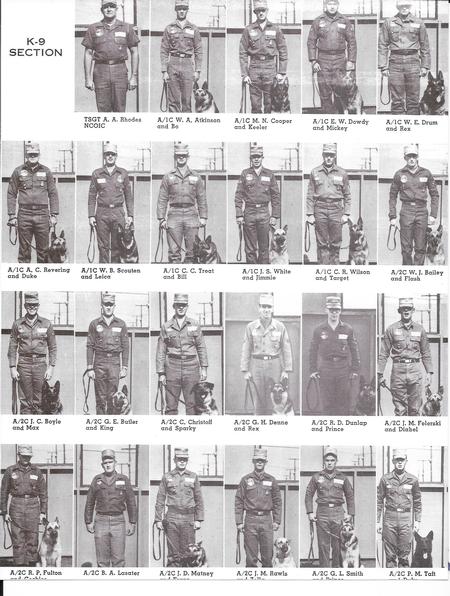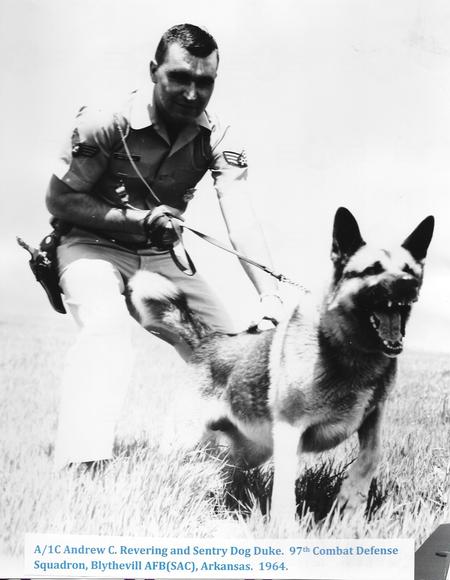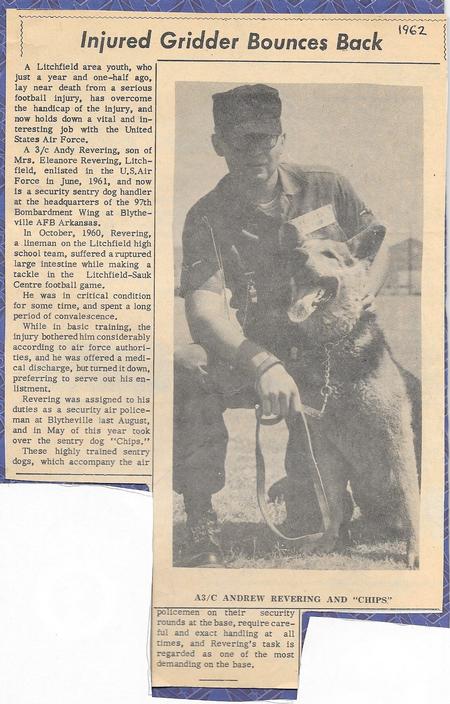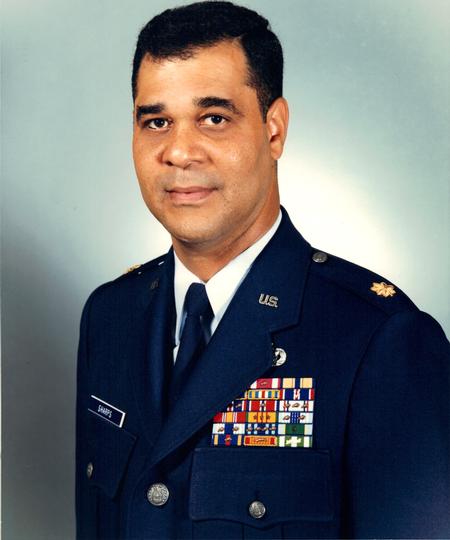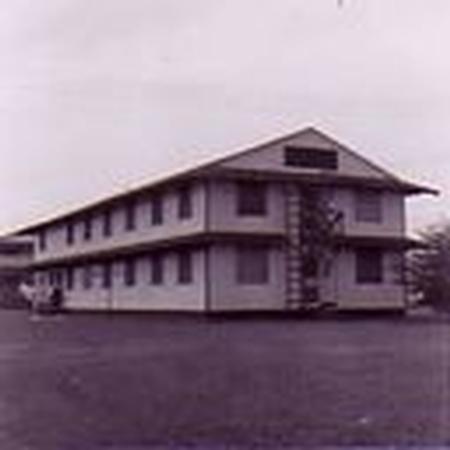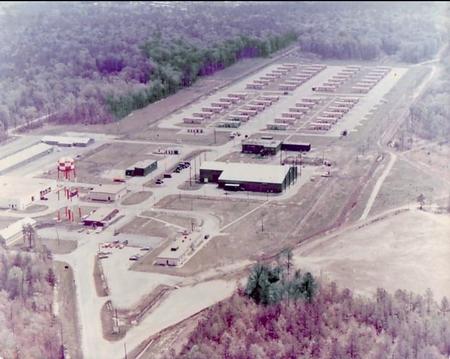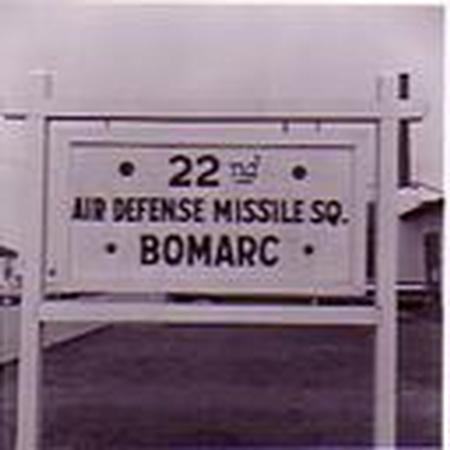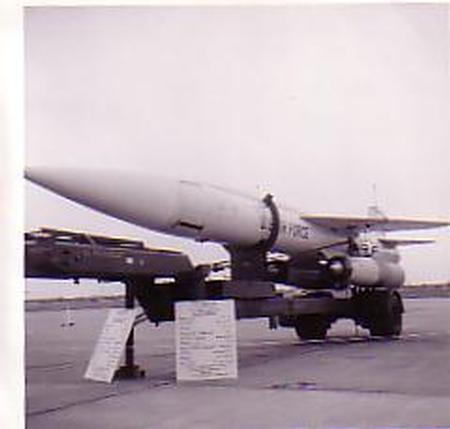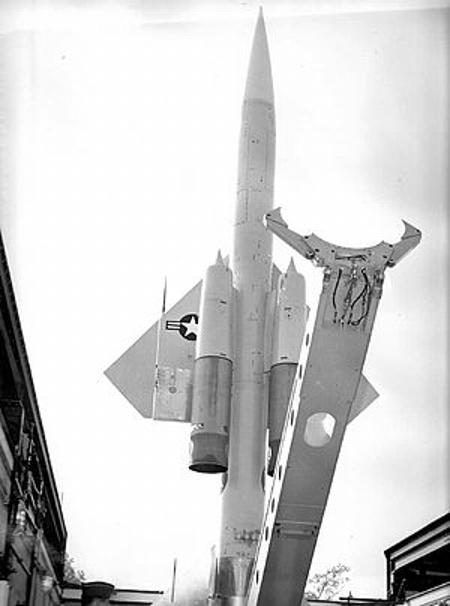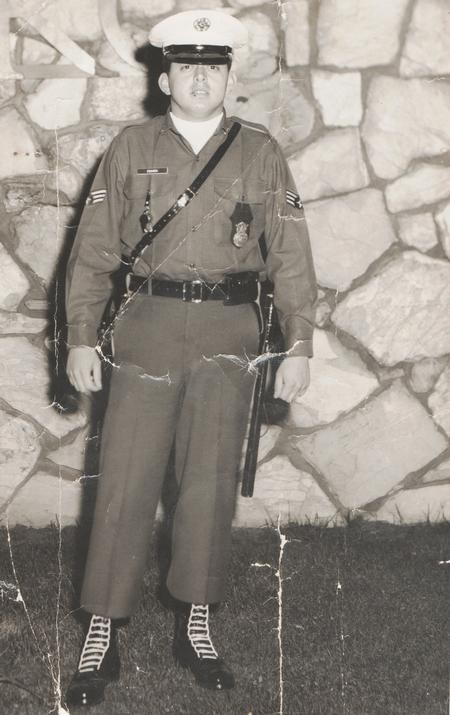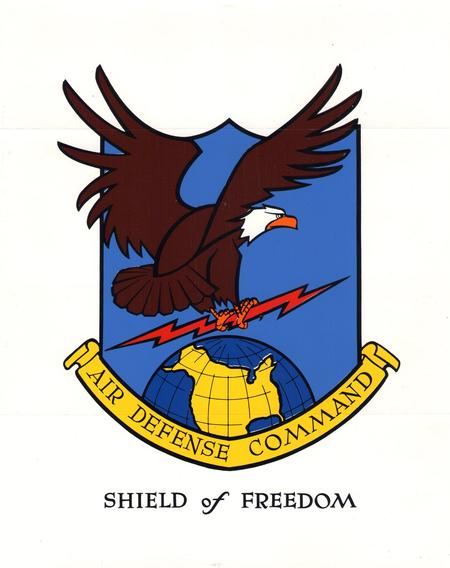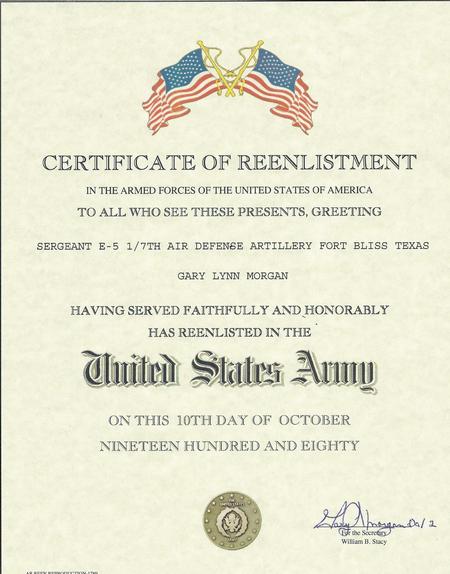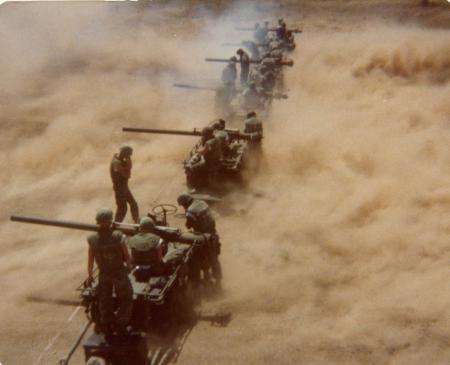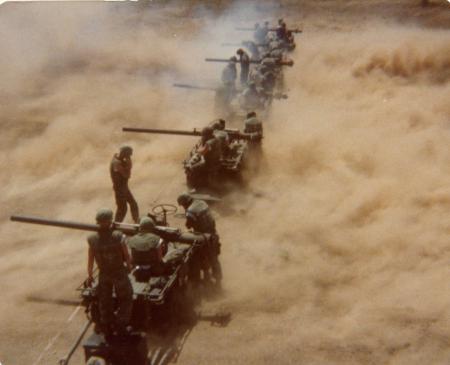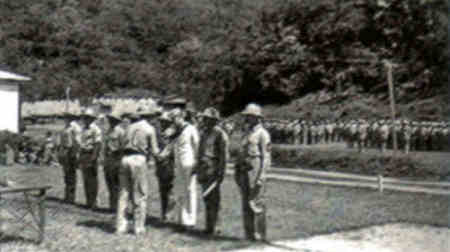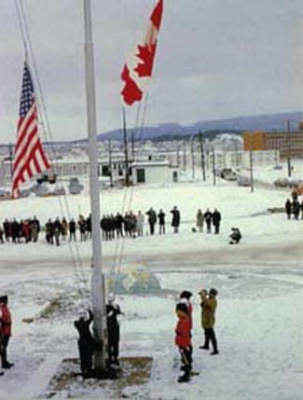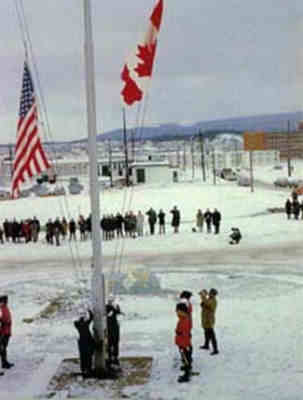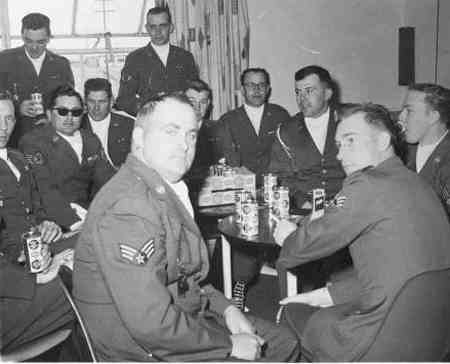ABOUT Defense Investigative Service D-23AG
```html
- Origins: The Defense Investigative Service (DIS) was established in 1972 as part of the U.S. Department of Defense to conduct personnel security investigations.
- D-23AG Designation: "D-23AG" refers to a specialized internal designation for a particular investigative unit within the larger DIS structure, often involved in high-level security cases (Note: D-23AG is not a widely publicized or officially documented unit in open sources, but often surfaces in military fiction and speculative literature).
- Security Clearance Investigations: Units like D-23AG were tasked with vetting individuals for access to classified information, including Top Secret and Special Access Programs (SAPs).
- Cold War Operations: During the Cold War, DIS investigative teams, possibly including D-23AG, played a crucial role in identifying potential espionage threats within U.S. military and contractor ranks.
- Notable Cases: DIS units have been credited with uncovering several attempted infiltrations by foreign intelligence services, with some stories attributing these successes to teams like D-23AG.
- Technological Adaptation: Throughout the 1980s and 1990s, DIS (and units like D-23AG) adopted advanced database and fingerprinting technologies to streamline background checks.
- Transition to DSS: In 1999, the Defense Investigative Service was renamed the Defense Security Service (DSS), but legacy units like D-23AG continued their specialized investigative work.
- Counterintelligence Missions: D-23AG was rumored to have participated in joint missions with the Defense Intelligence Agency (DIA) and the FBI to apprehend suspected double agents.
- Training Programs: Members of units such as D-23AG underwent rigorous training in investigative techniques, interviewing, surveillance, and document analysis.
- Legacy: The work of DIS and units like D-23AG laid the foundation for modern military personnel security and continues to influence current vetting practices in the Department of Defense.



